Body positivity is a movement rooted in the belief that we should love our bodies just as they are. In this column, we will explore the background and meaning of this movement and how it has brought changes to modern society.
#BodyPositivity: Voices That Sparked Change
Karl Lagerfeld’s Remarks and Their Aftermath
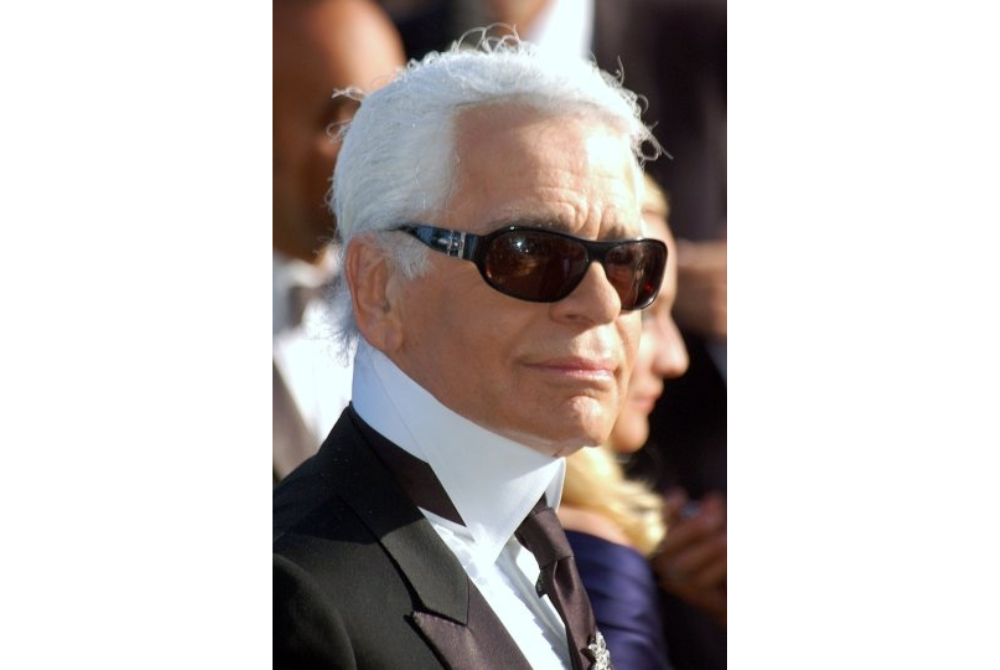
(Source: ©Karl Lagerfeld.)
In 2019, Karl Lagerfeld, the legendary designer of Chanel, stirred controversy with his statement that “plus-size models do not belong on the runway.” His comment was more than a personal opinion—it unveiled the deeply ingrained societal prejudice regarding appearance.
In response, hashtags like #BodyPositivity and #AllBodiesAreGoodBodies began trending on social media, amplifying the call to respect all body types and appearances. This movement became a pivotal moment to challenge not just the fashion industry but also the appearance-centric structures of society.
―
What Is Body Positivity?
―
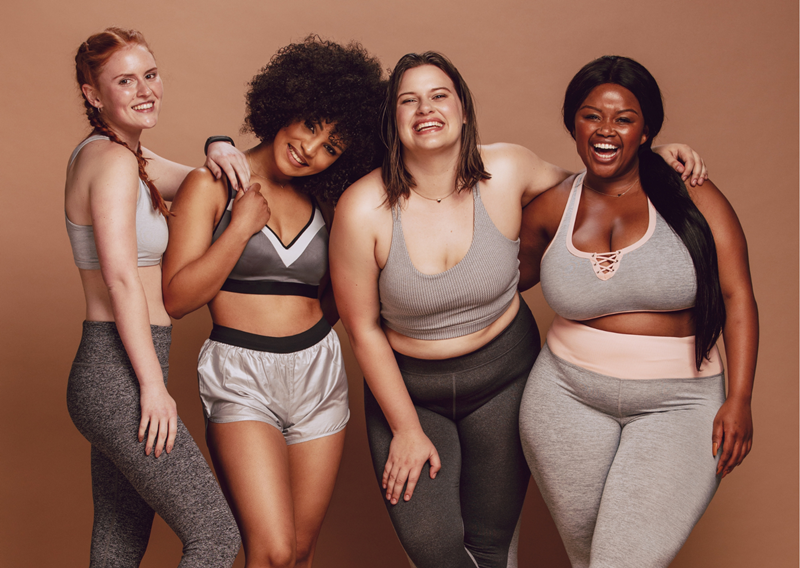
“Every body, regardless of its appearance, deserves respect.”
Body positivity begins with the message of accepting and loving your body as it is. However, it extends beyond personal acceptance, aiming to eradicate discrimination based on appearance and foster a society that boosts self-esteem.
The World Health Organization (WHO) defines it as “a movement that helps individuals develop a healthy self-image and respect their bodies.”
Body positivity celebrates diversity. For example, whether short or tall, regardless of body shape, everyone contributes to the world in their unique way.
―
A Movement with Deep Roots
―
Although it may seem like a recent trend, the body positivity movement has deep historical roots. Societal oppression based on appearance is an old problem, and efforts to bring about change have been ongoing for decades.
◎ Victorian Era Dress Reform Movement (1850s–1890s)
In the 19th century, women were pressured to achieve unrealistically small waists through corsets, leading to severe health issues such as rib deformation and internal organ damage. This led to the dress reform movement, where women demanded the right to wear trousers and challenged the gender norms of the time.
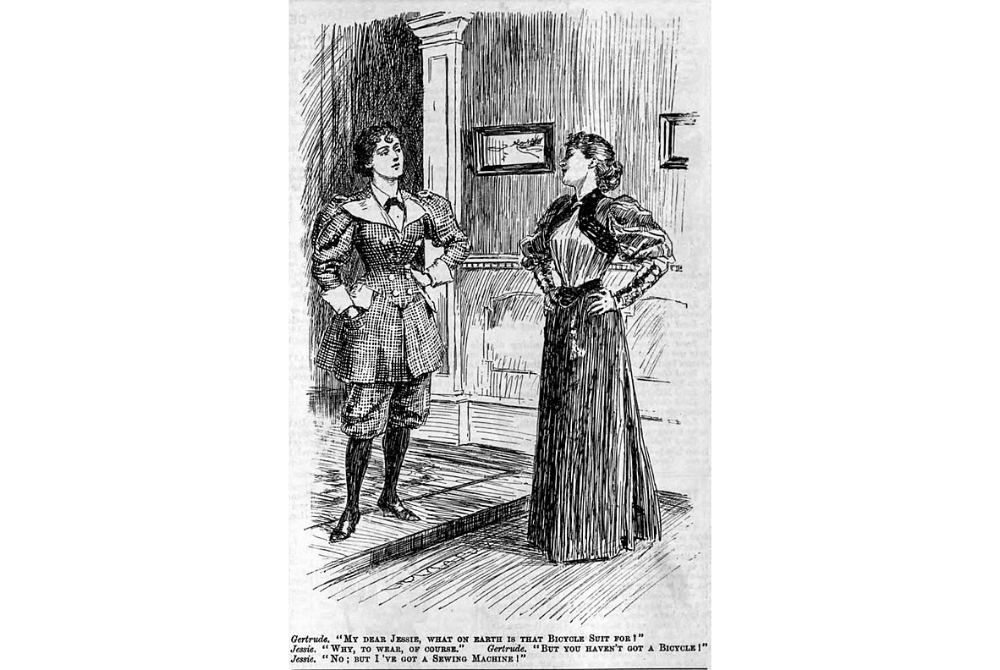
(Source: Wikipedia)
◎ Fat Acceptance Movement (1960s)
In the 1960s, a movement opposing body-size discrimination emerged in New York. Steve Post, a radio host, organized the “Fat-In” in Central Park, where diet books were burned in protest. This marked a significant starting point for the body positivity movement.
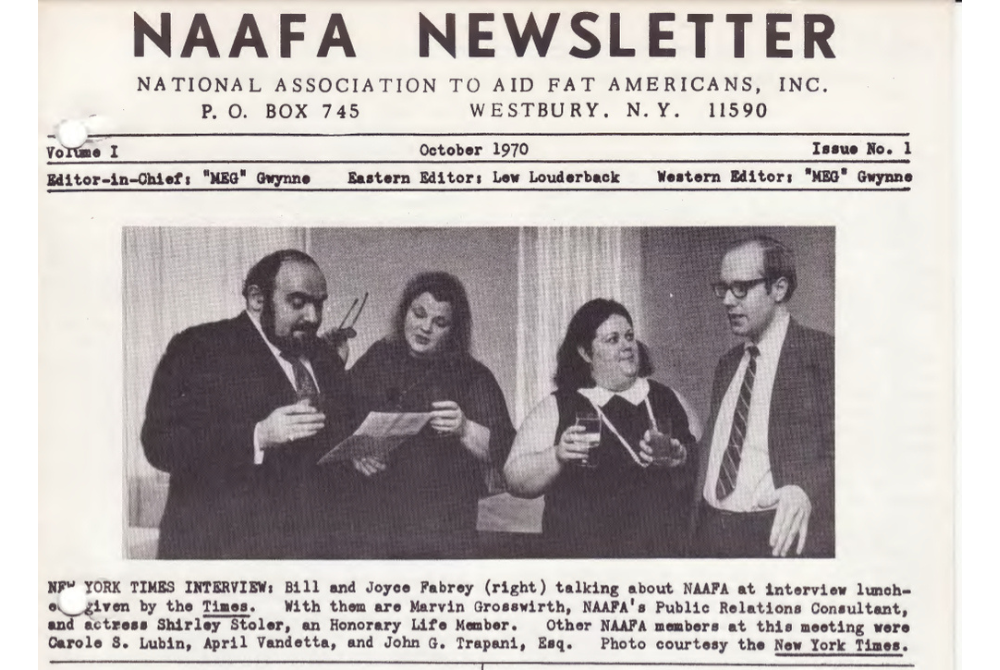
(Source: ©naafa(national association to advance fat acceptance))
◎ Wellness Movement (1990s)
The 1990s saw the emergence of wellness programs focused on body acceptance. Initiatives like “Yoga for Round Bodies” offered inclusive fitness options, and increasing awareness of the dangers of dieting encouraged a shift toward healthier habits and self-acceptance.
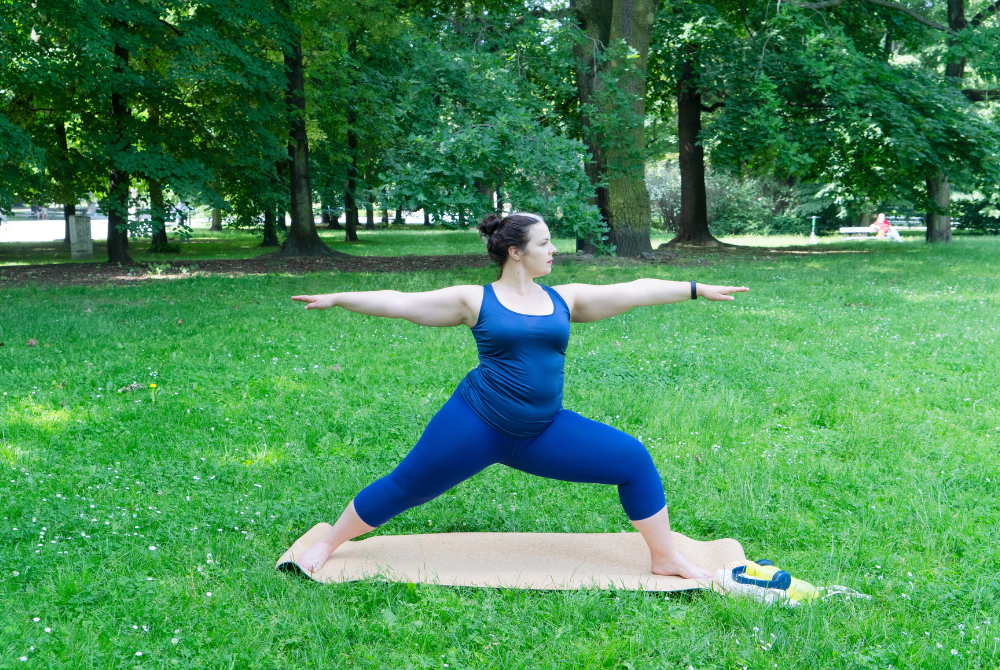
◎ Social Media Boom (2010s)
The introduction of the hashtag #BodyPositivity on Instagram in 2012 revolutionized the movement. People from various backgrounds began sharing unfiltered photos of themselves, celebrating their natural selves and inspiring others to do the same.
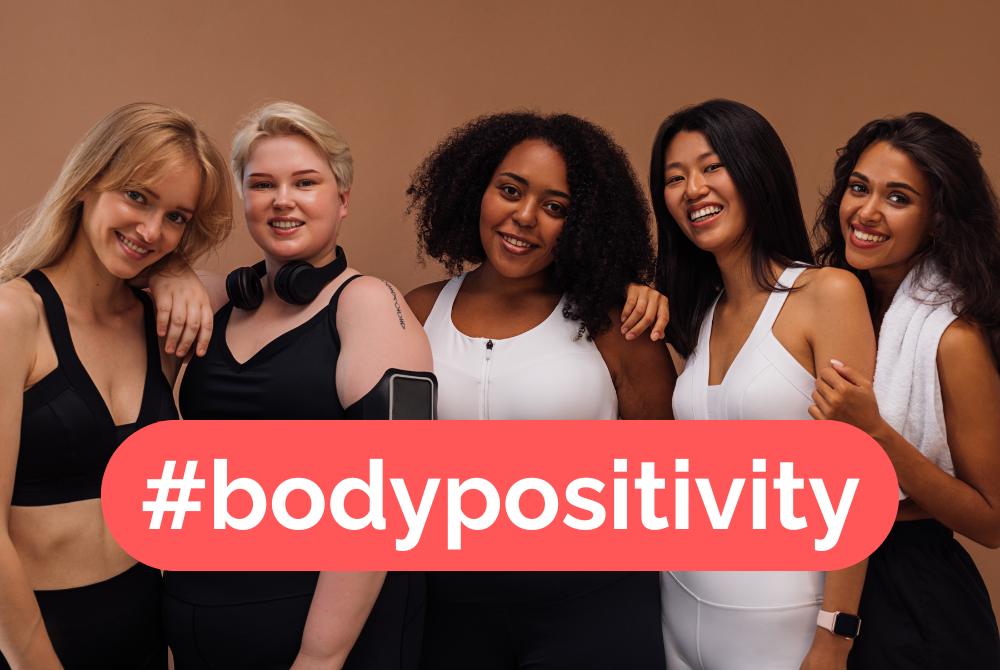
―
#BodyPositivity: From Hashtag to Culture
―
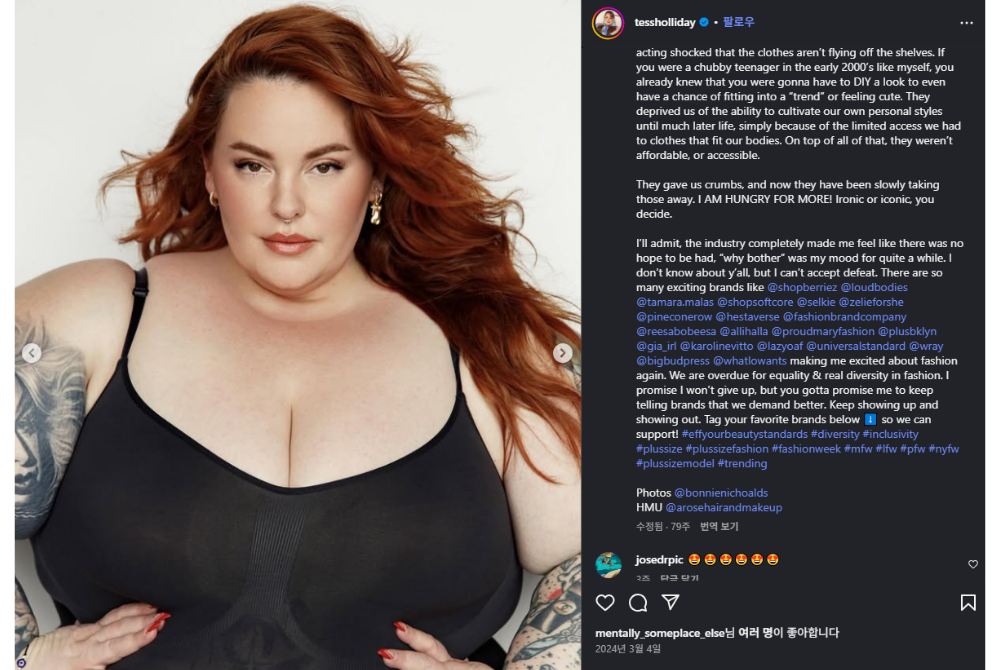
(Source: instagram / tessholiday)
The body positivity movement gained explosive momentum with the #BodyPositivity hashtag on Instagram in 2012. To date, the hashtag has been used over 500 million times, evolving into a cultural message.
Social media users inspired one another by sharing images of themselves embracing their natural bodies. Plus-size model Tess Holliday became a prominent advocate by sharing her photos with messages of self-love, empowering millions worldwide.
In Brazil, models with disabilities confidently took to the runway, expanding #BodyPositivity to new dimensions.
Brands also embraced the movement. Dove’s Real Beauty campaign featured models of various ages, sizes, and skin tones, redefining beauty standards. Mattel introduced a more inclusive Fashionistas Barbie line, reflecting diverse body shapes and appearances.
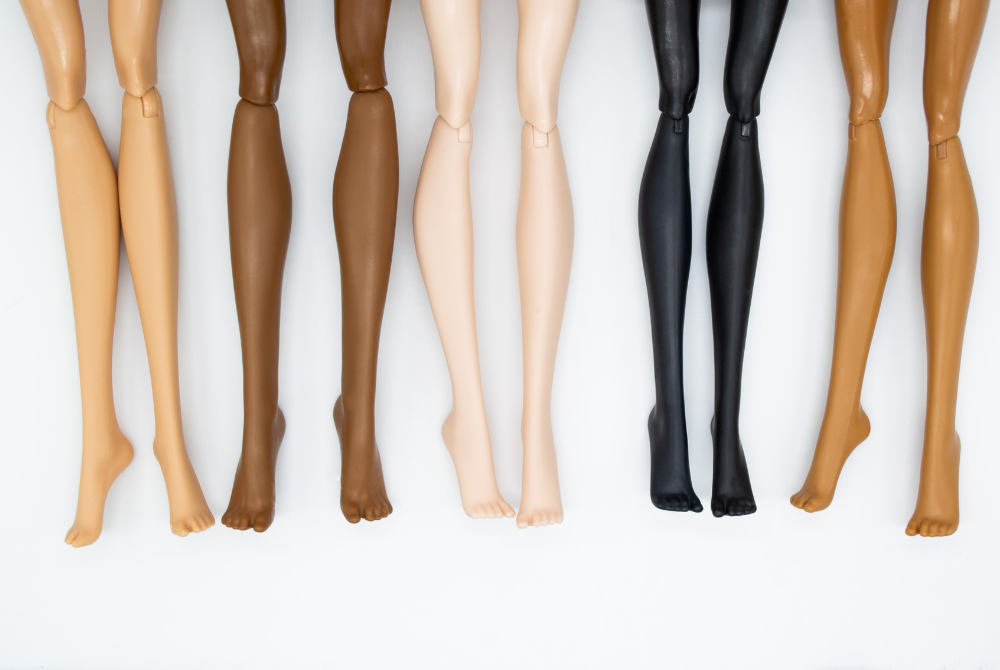
―
Why Body Positivity Matters
―

Mental Health and an Appearance-Focused Society
Why is this movement important? An appearance-obsessed society poses serious risks to mental health. According to the National Alliance on Mental Illness (NAMI), stress related to appearance significantly increases the likelihood of depression and anxiety disorders. Social media exacerbates the issue by idealizing certain appearances.
The World Health Organization (WHO) reported in 2021 that 30% of women globally experience psychological stress related to appearance, with this stress being most severe among women aged 15 to 29.
―
Toward Body Positivity
―
The WHO has highlighted how idealized beauty images on social media exacerbate these issues, proposing campaigns and educational programs to promote healthy body images:
◎ Campaigns Promoting Healthy Appearances: Dove’s Real Beauty campaign featured diverse models, creating a significant impact by redefining beauty standards.
◎ Algorithm Improvements: Following the WHO’s recommendations, Instagram reduced the exposure of harmful appearance-related ads to teens in 2021 and prioritized body positivity content, shifting focus from appearanc-centric content to positive messages.
◎ Youth Education: The WHO has expanded educational programs in collaboration with schools and NGOs, teaching adolescents about healthy self-images. For instance, the Dove Self-Esteem Project has provided workshops on body positivity to over 60 million students worldwide.
―
How to Practice Body Positivity
―
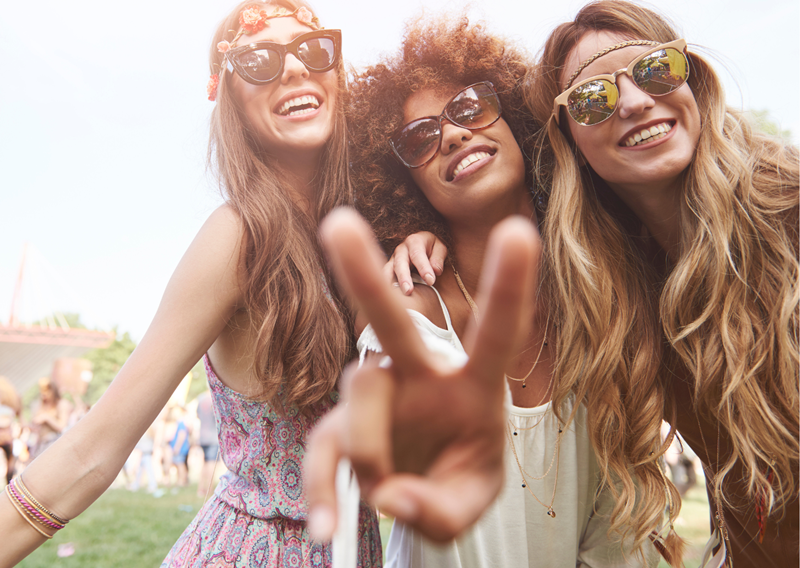
Be Kind to Yourself
Develop a habit of complimenting yourself daily while looking in the mirror.
Consume Diverse Media
Choose content showcasing diverse body types and backgrounds. Brands like ASOS even feature models with disabilities, emphasizing inclusivity.
Start a Compliment Relay
Develop a habit of recognizing and praising the strengths of those around you small actions can lead to significant change.
Join Social Campaigns
The No Filter Movement encourages people to share unedited photos of themselves, promoting authentic beauty.
―
Our Bodies Tell a Story
―

Body positivity is about deeply understanding and respecting how your body has protected and journeyed with you through life.
Have you ever stood in front of the mirror, gazed at your body with warmth, and said, “Thank you”? Often, we are our bodies’ harshest critics, but in reality, our bodies quietly support us day by day.
Our bodies are more than appearances they are homes filled with the stories of our lives. Learning to love and care for that home may be the greatest gift we can give ourselves.
“Our bodies are not mere appearances but the homes in which we live.
We must learn to love them.”
-Gloria Steinem, writer and activist-
If you'd like to know more, please refer to the link below! ↓↓↓ |
Written by Sharon Choi
Director of Planning
Sunhak Peace Prize Secretariat

